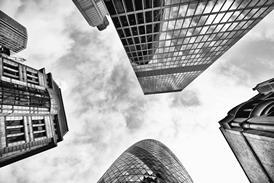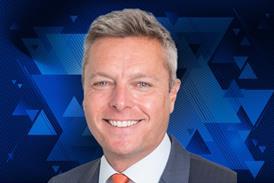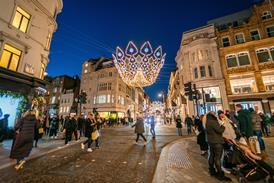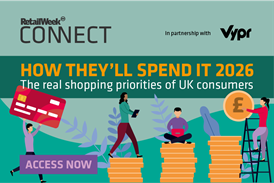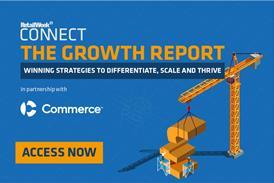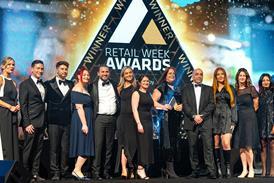Wages are rising but will that filter through to an uptick in consumer spending?

Retailers do not have many reasons to be cheerful right now, but a lift in consumer spending would be a very welcome balm for some of their troubles.
There are some signs that might be on the way, says Debapratim De, director of economic research at Deloitte. “We have a cautiously optimistic story,” he says.
Already have an account? Sign in here






